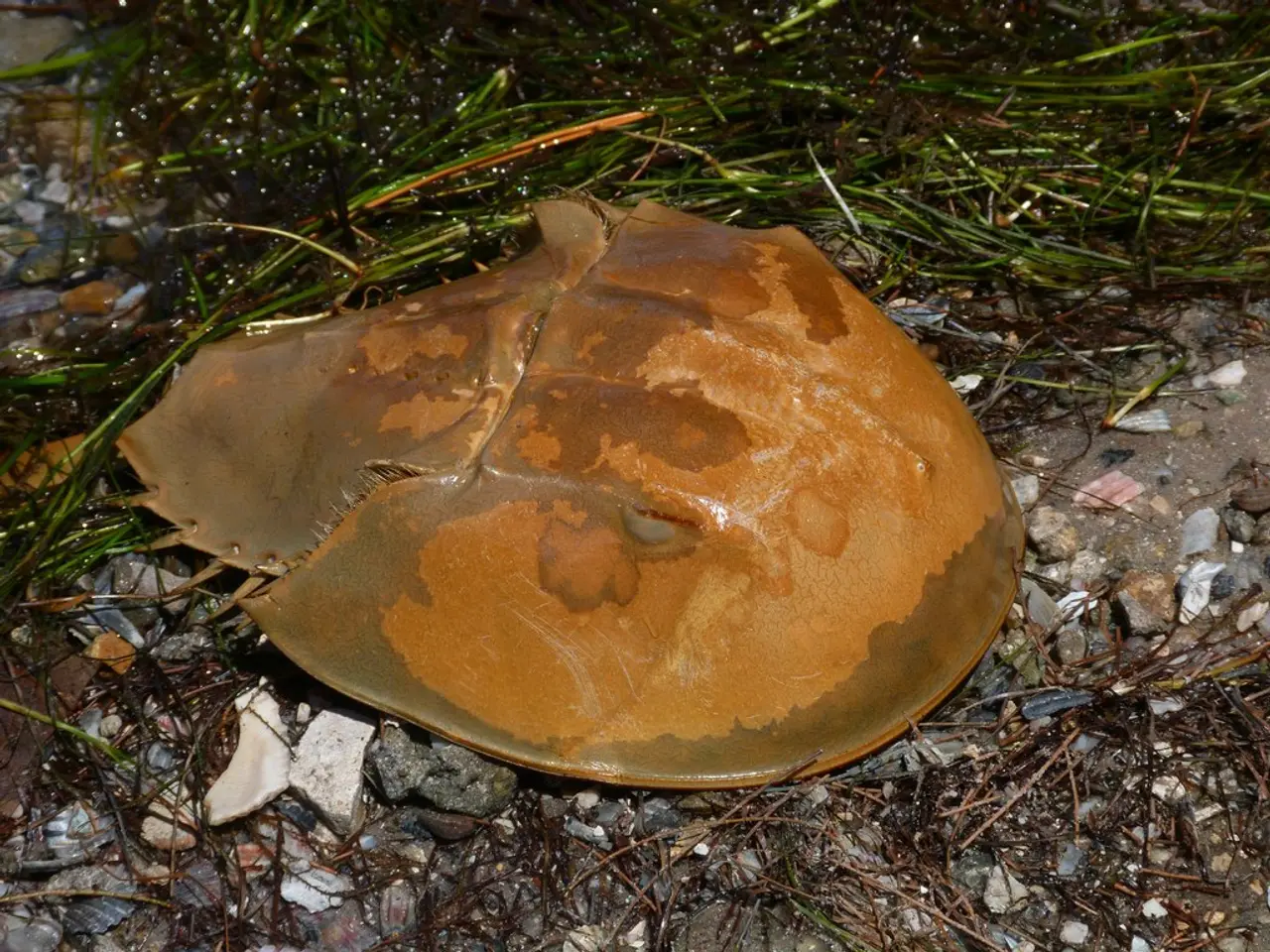Eliminate root worms: Tend to your soil, protect your greenery
In the world of gardening, nematodes pose a significant threat to various plants. However, an integrated approach can help manage and control these microscopic pests, ensuring a healthy and thriving garden.
Crop rotation is one of the key strategies in this approach. By rotating with nematode-resistant or non-host crops, we can interrupt nematode life cycles and reduce their populations. Some cover crops like sunn hemp and velvet bean produce natural compounds (allelochemicals) that suppress nematodes [1][5].
Using resistant varieties is another effective method, particularly for root-knot nematodes. Selecting plant varieties known to be resistant or tolerant to nematodes reduces damage and nematode reproduction [1][2].
Soil solarization is another powerful tool in the fight against nematodes. Covering moist soil with clear plastic during hot, sunny periods raises soil temperatures to levels lethal to nematodes and other pathogens. This method is especially effective in warm, sunny climates [1][2].
Adding organic matter improves soil health and supports beneficial microbes like mycorrhizal fungi and Trichoderma, which can promote plant health and suppress nematodes indirectly [2][4]. The right type of organic matter, such as composted leaves, grass clippings, or manure, can improve soil structure and moisture retention, and promote biological control of nematodes.
Root removal and weed control are also important steps. Removing infected plant roots after harvest reduces nematode populations and maintaining a weed-free fallow period prevents alternative nematode hosts [3].
Additional practices to consider include using nematode-free planting material, considering biological control agents, and using chemical nematicides as a last resort [2][3].
Succession planting, or growing multiple crops in the same soil without yield loss, can be a part of the rotational scheme. After the solarisation period, carefully remove the plastic and discard the top layer of affected soil.
Maintaining moisture levels in the soil during the solarisation process, ideally using a soaker hose or drip irrigation lines under the plastic, is crucial.
In the home garden, choosing the right strategies according to local conditions will reduce nematode pressure and protect plants effectively [1][2][3][5].
References:
- University of California Agriculture and Natural Resources. (2018). Managing Nematodes in the Home Garden. [online] Available at: https://ucanr.edu/sites/UCMG/files/306825.pdf
- Cornell University Cooperative Extension. (2020). Nematodes in the Home Garden. [online] Available at: https://extension.cornell.edu/cce/gardening/nematodes-home-garden
- Texas A&M AgriLife Extension. (2019). Nematode Management in the Home Garden. [online] Available at: https://agrilifeextension.tamu.edu/library/gardening/nematode-management-in-the-home-garden/
- University of Wisconsin-Madison Extension. (2020). Organic Matter in the Garden. [online] Available at: https://hort.extension.wisc.edu/articles/organic-matter-garden/
- University of Florida IFAS Extension. (2019). Sustainable Vegetable Production. [online] Available at: https://edis.ifas.ufl.edu/pdffiles/UV/UV00200.pdf
Read also:
- Education Exhibition: August 2024 Display and Demonstration
- Enhanced solar power for 600-watt power stations: the BOOSTER unit offers an upgrade.
- Revolutionizing healthcare through Remote Patient Monitoring Systems: A life-changing approach!
- What's the Ideal Lighting for Your Coral Culture in the Aquarium?




